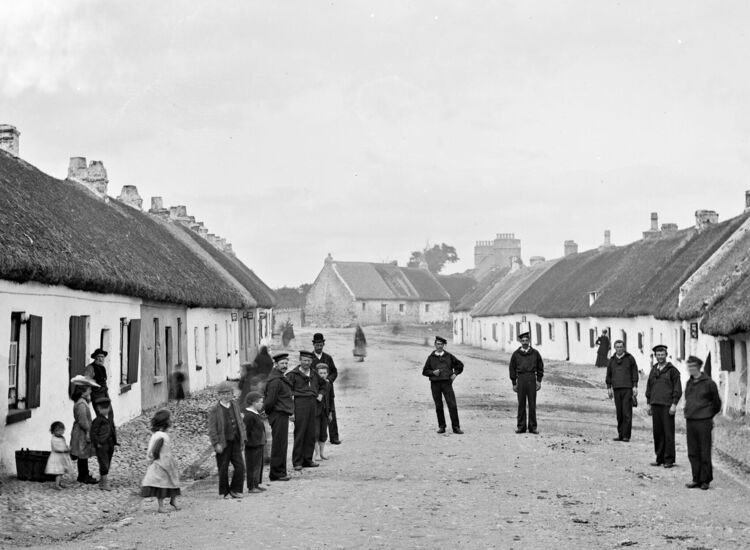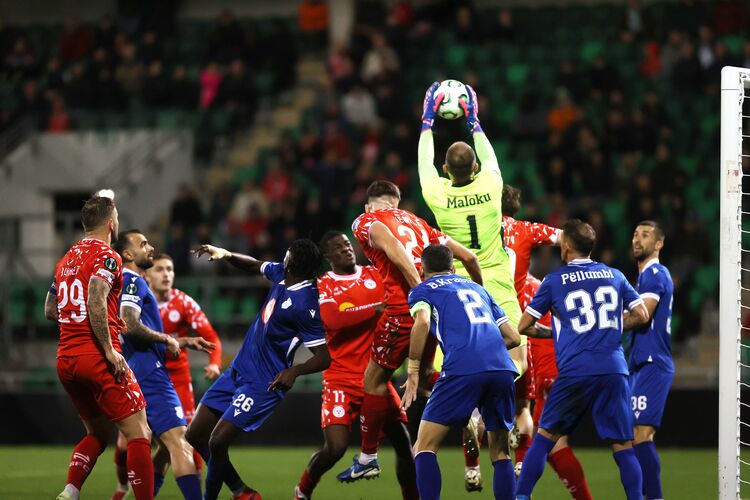The beginning of the social website was not as recent as many believe. The contemporary boom in the use of social media is something which has highlighted the existence of such services, but their origins are further back. In fact, the forefathers of modern social websites were conceived in the 50s and 60s, even if people have only recently started to look at how to create a website.
These old-school progenitors came into existence even before the birth of the Internet. The thread of evolution from the earliest rumblings of social networking through to the many different types of social website today has taken a course which many are unaware of. The way the functions performed by a social website have permeated and entwined themselves with our communities today is partly down to this colourful history.
The first notable iteration of social media was known as ‘phone phreaking’. This consisted of groups of people, who were interested in manipulating the telephone networks around them. At the time, telephony was a rather expensive thing to undertake, so the phreaks had a pragmatic motivation as well as pure interest.
The phone phreaks’ efforts led them to discover that they could gain access to the parts of the phone network which were otherwise unavailable by building machines to emulate the tones used to communicate with the network hardware.
Once this was achieved, they found ways into corporate voicemail systems. These systems were configured in such a way that they could be used as a primitive bulletin board, with users creating content for others to listen to, learn from and comment on. These evolved into meetings of the like-minded hackers and the social circle was complete.
It didn’t take long for those involved with phone phreaking, along with the next generation of technophiles, to start tinkering with personal computers. The early 80s saw a surge in ownership of these devices and these groups were quick to take advantage.
What resulted was the creation of ‘bulletin board systems’ or BBSs. These were simple servers connected to telephone modems which could be accessed by one lone user at a time. Once they logged off, the next person could dial in. This methodology allowed discussions, file sharing and games to take place in a remote way.
BBSs, the early ancestor of the present-day Internet forum, began as monochrome, text-based systems. This soon changed as rudimentary graphics provision was implemented; still a far cry from modern photo sharing, however!
These 80s BBSs were mainly filled with content of varying levels of legality. Much of it was related to hacking, pirated software or anarchical topics, but of course there were also havens of legitimate discussion.
Just as with today’s systems, people gravitated towards their interests; this, in itself, is one of the hallmarks of a good social website.
Attempts were made to create a website-like system with a slightly different feel. ‘Prodigy’ was the first of these to make a name for itself. With moderation, a colour interface and low cost, it was released in the 90s and gained popularity quickly.
Around the same time, AOL and Compuserve expanded rapidly and 1991 saw the dawn of the World Wide Web as we know it, with new ways for the public to build a website they could call their own.
The transition of the Internet from a military and academic-centred network to the private realm by 1995 was a huge step for humanity. The first main hub of discussion that evolved was Usenet, which still endures today. This was, however, superseded by Internet forums; one of the main havens of specialist online knowledge in today’s cyberspace.
The advent of instant messaging was one of the developments which really changed the Internet from a useful resource to a usable tool. This meant that people all over the world could connect with each other at any time of day for no charge on top of their Internet connection. Naturally, it was an instant hit and has been a key instrument in the dissemination of information from otherwise ‘dark’ locations.
The modern era has seen many companies create a website or two which have generated users extremely quickly; Facebook, Myspace or Orkut; the examples go on and on. These, along with Twitter and Foursquare (for example), have revolutionised the way we communicate and organise our lives.
The way in which business is done and people interact has changed forever and, indeed, there is no going back. Will you make a website that will change the world?










